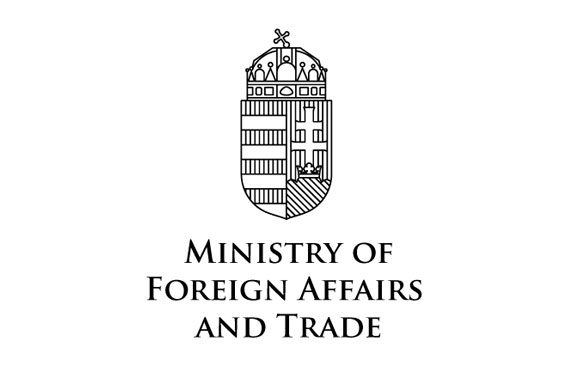European Regional Development Fund
30 years’ anniversary of Cohesion policy - Part 1

Content
In 2018, EU cohesion policy celebrates its 30th anniversary. Cohesion policy has been accompanying the evolutions of the European Union: From the creation of the single market to the successive enlargements and most recently, the need to respond to the migration crisis. Also in the future, cohesion policy shall stay at the very core of the Union's development. Also in the future, cohesion policy shall stay at the very core of the Union's development. It will enable the EU to harness globalisation, and to foster prosperous economies, caring societies and sustainable growth through innovation and skills.
The Interreg V-A Slovakia-Hungary Cooperation Programme financed by the European Regional Development Fund is also part of the Cohesion Policy. Its goal is to develop the Slovak-Hungarian border area taking into consideration the concept of sustainable growth.
Cohesion policy = Regional policy?
Regional policy is also referred to in broader terms as cohesion policy as its overall goal is to strengthen what is known as ‘economic, social and territorial cohesion’ in regions qualifying for support. In practice that means:
- economic and social cohesion: boosting competitiveness and green economic growth in regional economies and providing people with better services, more job opportunities and a better quality of life;
- territorial cohesion: connecting regions so that they capitalise on their respective strengths and work together in new, innovative configurations to tackle common challenges (such as climate change), thus benefiting and reinforcing the EU as a whole.
Origins and evolution of regional policy
1957 - First mention in the Treaty of Rome;
1958 - Creation of the European Social Fund (ESF);
1975 - Creation of the European Regional Development Fund (ERDF). 1986 — Legal basis for regional policy established in the Single European Act;
1988 - To adapt to the arrival of Greece (1981) and Spain and Portugal (1986), the Structural Funds are integrated into an overarching cohesion policy. Budget: ECU 64 billion (NB: ECUs later became the euro);
1993 - The Maastricht Treaty introduces the Cohesion Fund, the Committee of the Regions and the principle of subsidiarity (whereby decision-making must always be made at the least centralised/most local level able to address the matter appropriately);
1994–99 - Doubling of the resources for regional funds, now equal to a third of the EU budget;
1995 - Special objective added to support the sparsely populated regions of Finland and Sweden. Overall budget: ECU 168 billion;
2000–04 - Pre-accession instruments make funding and know-how available to countries engaged in the process of joining the EU;
2004 - Ten new countries join the EU (increasing its population by 20 %, but its GDP by only 5 %). Budget: €213 billion for the 15 existing members; €22 billion for the new member countries (2004– 06);
2007–13 - Budget: €347 billion (of which 25 % is earmarked for research and innovation and 30 % for environmental infrastructure and measures to combat climate change);
2014–20 - Budget: €351.8 billion, with a particular focus on four key investment priorities: research and innovation, the digital agenda, support for SMEs and the low-carbon economy. Around €100 billion will be dedicated to these sectors, of which €26.7 billion will support the shift to a low-carbon economy (energy efficiency and renewable energies).
To be continued.
Sources:
http://ec.europa.eu/regional_policy/en/policy/communication/cohesion_30/
https://europa.eu/european-union/topics/regional-policy_en
http://ec.europa.eu/regional_policy/en/policy/what/investment-policy/










